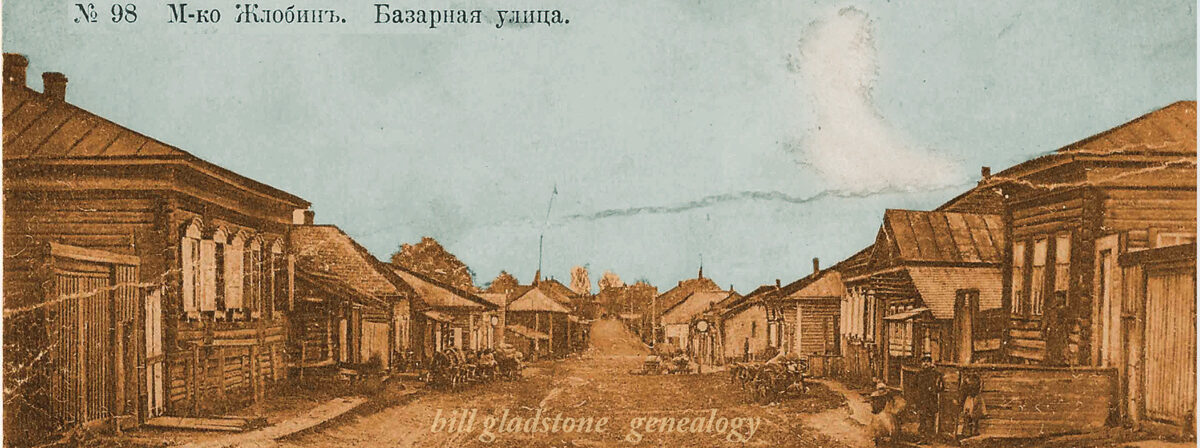 What does it take to produce a three-volume family history that extends to nearly 900 pages?
What does it take to produce a three-volume family history that extends to nearly 900 pages?
In the case of Mildred Wyman, who recently self-published a triple-decker family history titled A Forest of Trees, it has taken eight years of intensive research and writing, dozens of taped interviews with relatives, and the editorial discipline to trim many extraneous stories from the finished project to prevent it from filling four, five or even six volumes.
“I cut out an awful lot because I was afraid it was impeding the flow,” admits Wyman, a Torontonian who was born here 85 years ago this month and who has always had a strong interest in family history.
“I have a very great need to know. I was always listening when my relatives told stories. I was a source of irritation to them because I always asked questions. My children and grandchildren didn’t want to hear these stories any more, but I felt they had to hear them to know who they are. I wanted them to have the feeling that they came from somewhere.”
She began the project after her husband Max, a leather-goods manufacturer, died in 1994. With the intrepid instincts of a novice, she began embellishing the plain facts in ways that historians aren’t supposed to do, inventing scenes, dialogues and novelistic crescendoes of feeling for many of her long-dead ancestors and relatives. The result seemed to resemble fiction as much as it did non-fiction.
Her writing hand was guided by the stories she’d heard countless times from her mother and uncles, she says, adding that she replayed tapes of interviews with relatives until their voices and tales became as familiar to her as her own. “I have to say in all honesty that I had to twist scenes and dialogue, but what I said happened really happened,” she explains, the way a novelist will admit to telling little lies in order to convey a big truth.
A professional writer who saw her manuscript told her she was writing social history, not a novel, and encouraged her to continue. In actuality, she had stumbled upon “creative non-fiction,” an emerging genre employed to good effect by authors like Elaine Kalman Naves in Journey to Vaja and Nomi Eve in The Family Orchard. But Wyman wisely recognized the limited commercial appeal of her opus and published only 100 sets, mostly for family members.
Roughly speaking, Volume I tells the story of her family, the Zabazinskys, from their experiences in 19th-century Vitebsk to their arrival in Canada in 1907. Volume II traces her husband’s family, the Sachs, from southern Russia to New York’s Lower East Side and then to Toronto. Volume III begins after the two families come together after her marriage in 1950.
The book’s appeal is broadened with its accounts of local Jewish history, such as the Nazi-sympathetic gangs in the Beaches to the Christie Pitts riot. Wyman also tells of her Cabbagetown upbringing and her experiences as proprietor of Wyman’s Variety Store, opposite Harbord Collegiate. But it’s clear that A Forest of Trees was written as a family keepsake: it lacks even an index of surnames to guide strangers through its sometimes-dense undergrowth.
Now that the work is published, does she have any new writing projects planned? “I used to say ‘not on your life,’” she laughs. “But now I’m beginning to feel an itch . . . . ” ♦
© 2003





